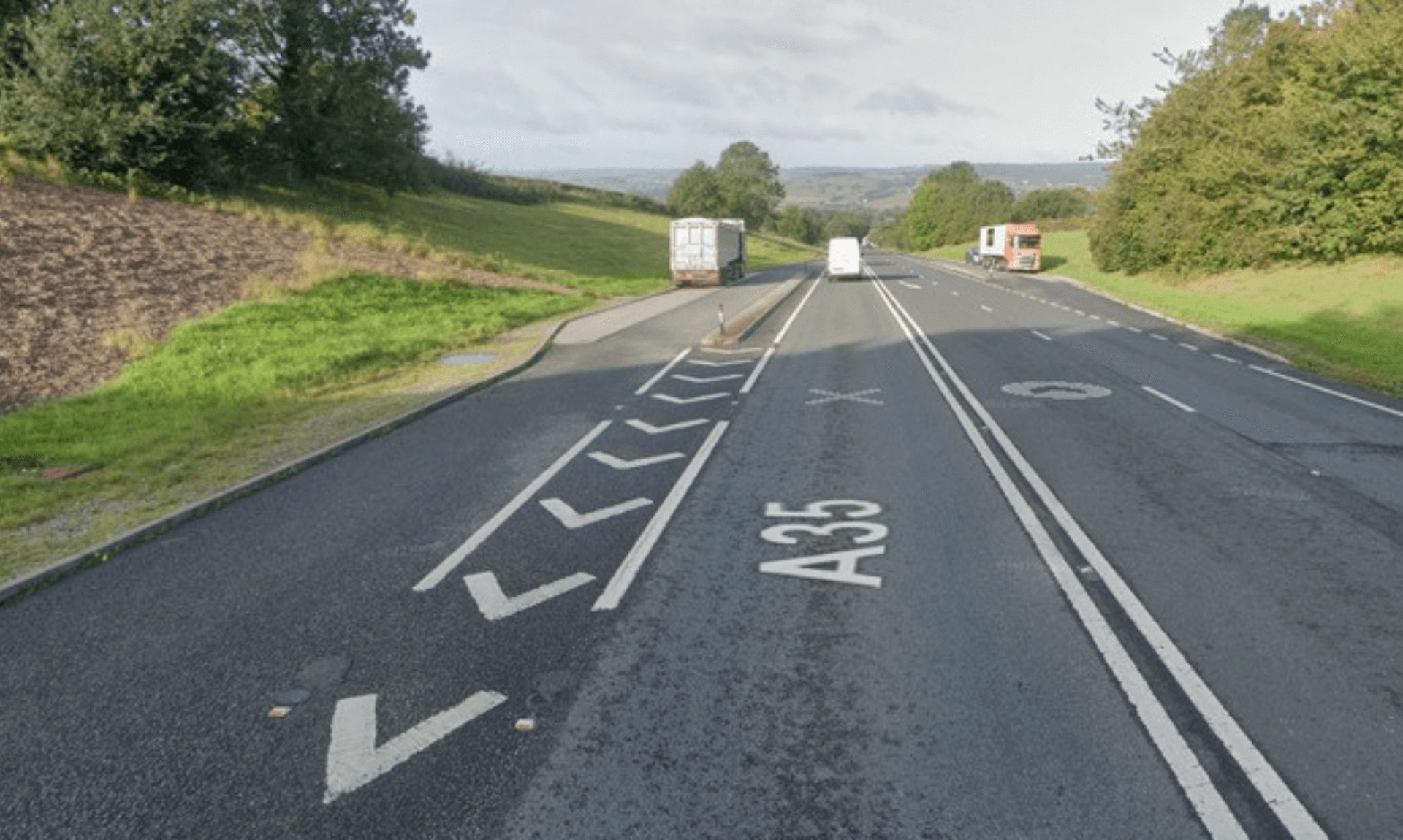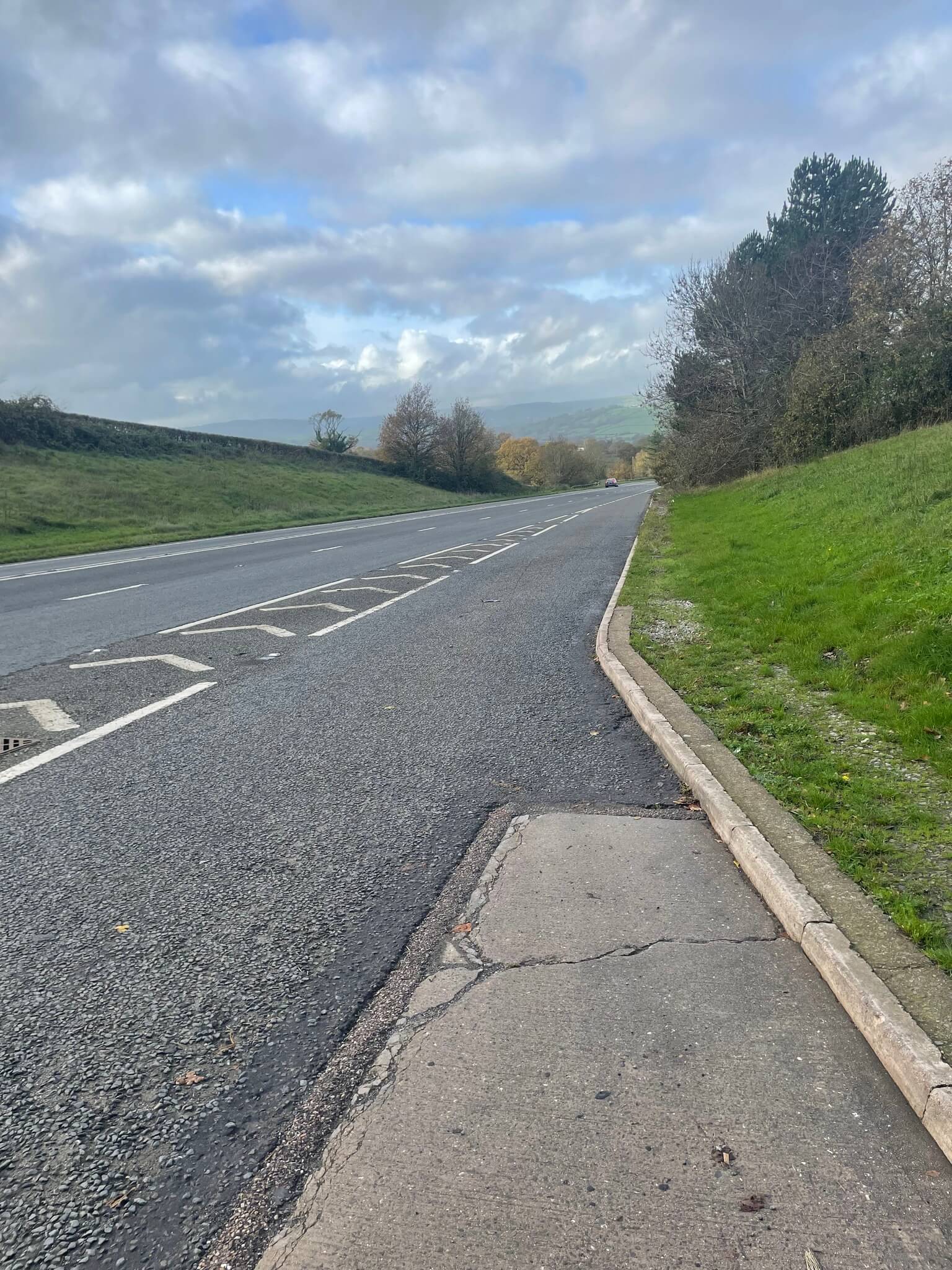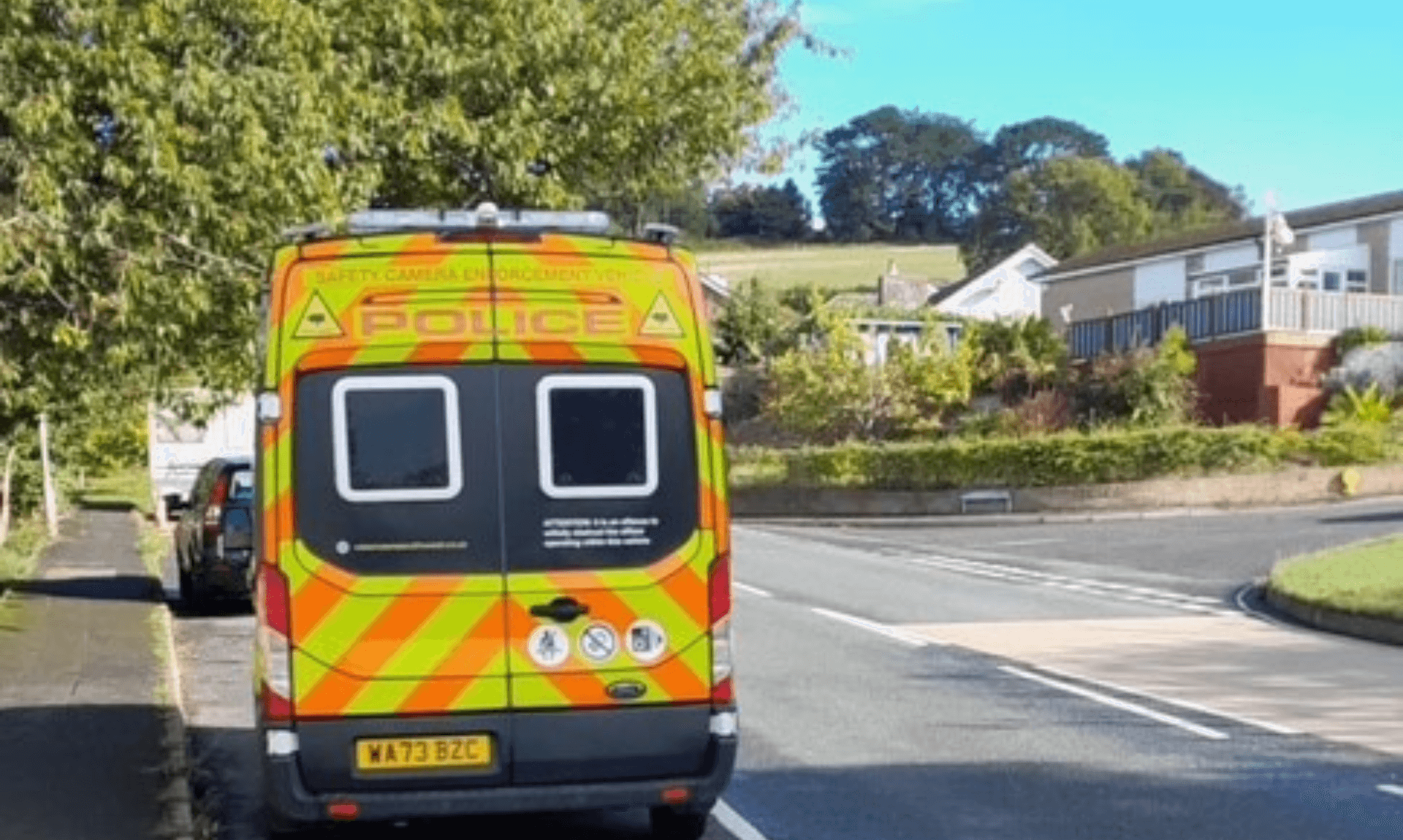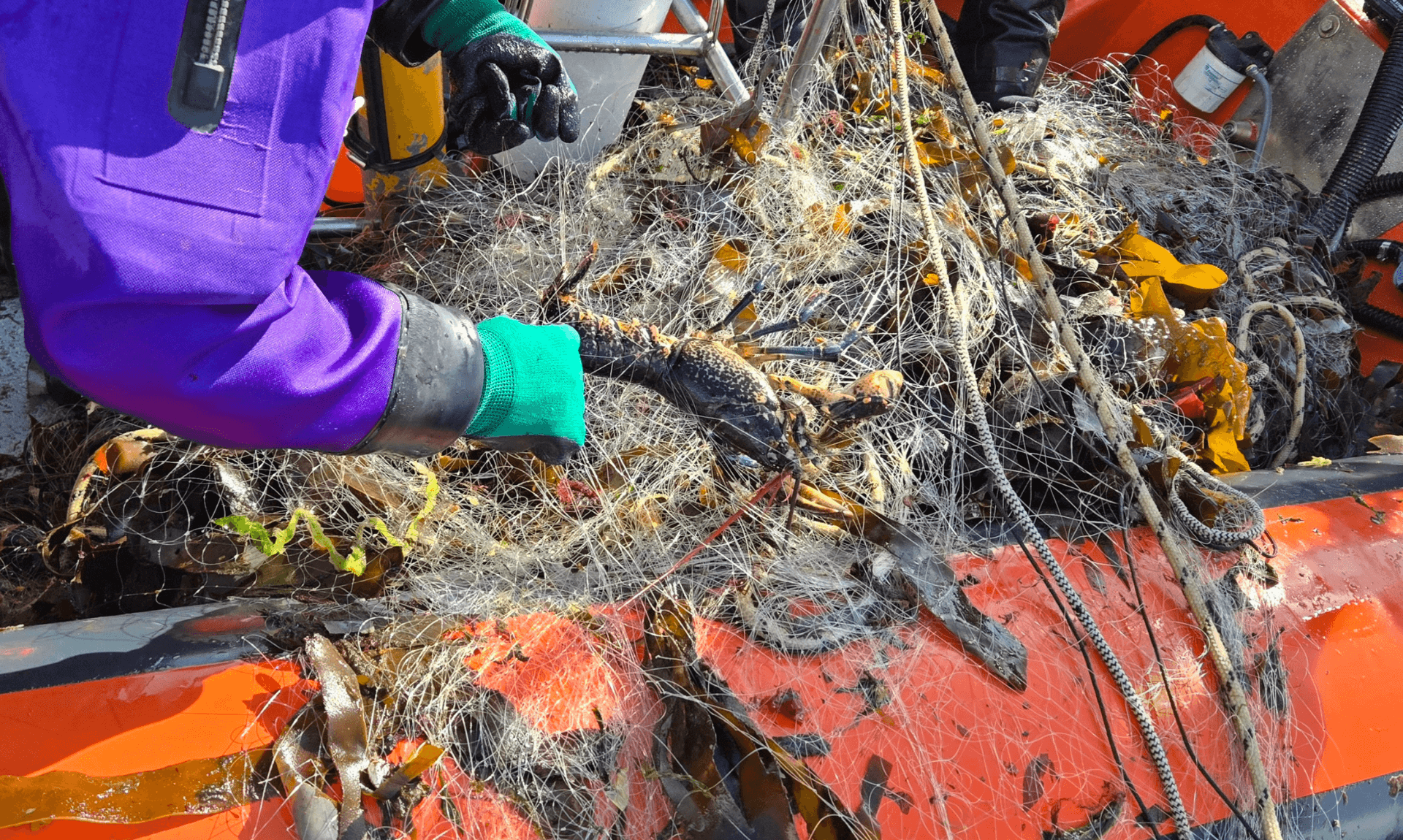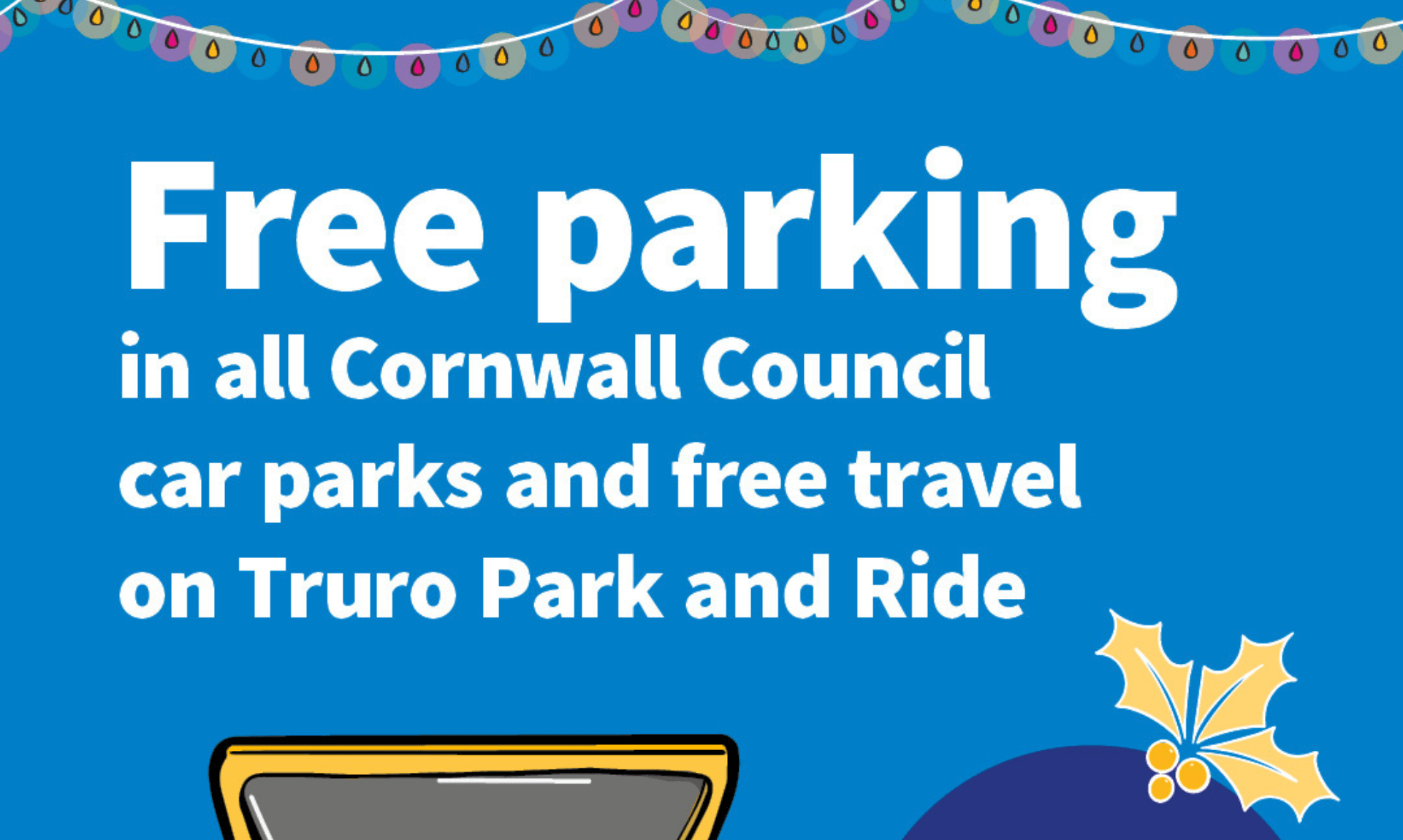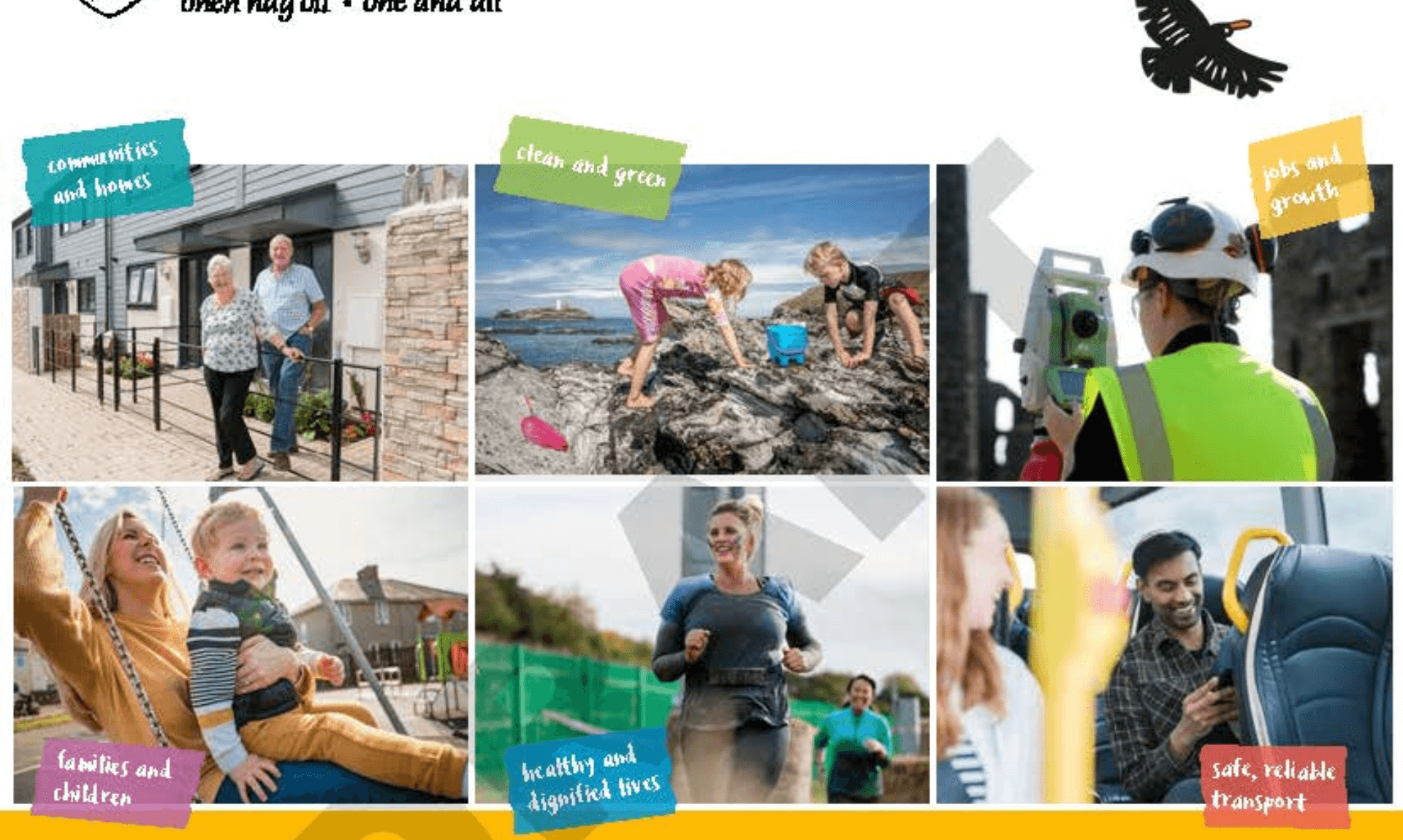Devon and Cornwall Police Say Many Don’t Know Single vs Dual Carriageway
Devon & Cornwall Police’s Road Safety Team say many drivers are still confusing a dual carriageway with a road that simply has more than one lane, and it is leading to people travelling at the wrong speed.
What Counts as a Dual Carriageway
The team explained that a UK dual carriageway must have a physical barrier known as a central reservation separating traffic travelling in opposite directions.
It is this barrier that defines it, not the number of lanes.
A single carriageway can still have several lanes and often includes roundabouts or traffic lights.
Police Highlight A35 Problem
Officers referred to a location on the A35 that has a national speed limit of 60 mph. They say several motorists see the road split into two lanes and assume the limit has risen to 70 mph.
This spot has seen several collisions and a fatality close by, which is why police enforce the area.
An Easy Way to Tell
The statement offered a simple analogy.
Imagine rolling a ball across the road. If the central reservation would stop it, the road is a dual carriageway. If the ball would roll all the way across, then it is only a road with multiple lanes and the 70 mph limit does not apply to cars.
Some Dual Carriageways Are Slower
Drivers are also reminded that certain dual carriageways have reduced limits. These will be clearly marked at the start of the change, along with repeater signs.
National Speed Limits by Vehicle Type
The GOV.UK guidance makes clear that not every vehicle can legally travel at 60 mph on a single carriageway or 70 mph on a dual carriageway. Speed limits depend on both the road and the type of vehicle.
Below is a summary for single and dual carriageways:
Cars, motorcycles, car-derived vans and dual-purpose vehicles
• Single carriageway: 60 mph
• Dual carriageway: 70 mph
Cars, motorcycles, car-derived vans and dual-purpose vehicles when towing
• Single carriageway: 50 mph
• Dual carriageway: 60 mph
Motorhomes or motor caravans under 3.05 tonnes unladen
• Single carriageway: 60 mph
• Dual carriageway: 70 mph
Motorhomes or motor caravans over 3.05 tonnes unladen
• Single carriageway: 50 mph
• Dual carriageway: 60 mph
Buses, coaches and minibuses (up to 12 metres)
• Single carriageway: 50 mph
• Dual carriageway: 60 mph
Buses, coaches and minibuses (more than 12 metres)
• Single carriageway: 50 mph
• Dual carriageway: 60 mph
Goods vehicles up to 7.5 tonnes
• Single carriageway: 50 mph
• Dual carriageway: 60 mph
Goods vehicles over 7.5 tonnes (England and Wales)
• Single carriageway: 50 mph
• Dual carriageway: 60 mph
Built-Up Areas
In built-up areas with street lights, the limit is normally 30 mph in England, Scotland and Northern Ireland unless signs show otherwise.
Other Factors That Affect Speed
Local councils can set lower limits, such as 20 mph near schools or 50 mph on roads with dangerous bends. Some vehicles also have speed limiters fitted, meaning they may not be able to reach the legal limit.
A Helpful Reminder
The Road Safety Team says the guidance is aimed at helping motorists who may have forgotten the rules over time.
Share This Story, Choose Your Platform!
To keep up with the latest cornish news follow us below
Follow CornishStuff on Facebook - Like our Facebook page to get the latest news in your feed and join in the discussions in the comments. Click here to give us a like!
Follow us on Twitter - For the latest breaking news in Cornwall and the latest stories, click here to follow CornishStuff on X.
Follow us on Instagram - We also put the latest news in our Instagram Stories. Click here to follow CornishStuff on Instagram.
You Might Also Be Interested In
Don’t Miss What’s Happening in Cornwall
Join others in Cornwall by receiving the latest daily news in Cornwall, sent direct to your inbox.

